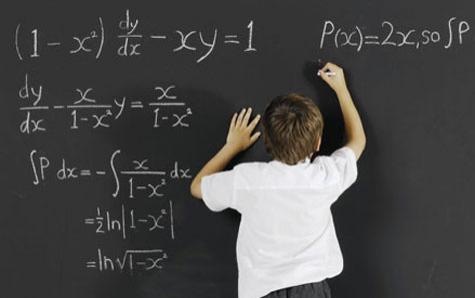The measures are the government's response to Chief Scientist Ian Chubb's report on how to encourage more students to pursue further education in maths and science.
These include programs to help teachers learn innovative ways of teaching the subjects and give them confidence to do so.
Almost half the funding - $20 million - will be used to establish a program to support partnerships between schools and universities which improve high school students' engagement with the subjects.
It's hoped this will increase the number of students who go on to study maths and science-related degrees at university.
There is also money to help send talented students overseas to compete in the international maths and science olympiads and for the Australian Mathematical Sciences Institute to expand its advanced programs including summer schools.
More than $4 million will be used to appoint a national mathematics and science education and industry advisor in the chief scientist's office.
They will provide strategic advice, build relationships with stakeholders and support the development of other new programs.
The money will be spent over the next four years, with most of it in 2014/15 and 2015/16.
The budget also includes an extra $17 million for the Australian Curriculum and Reporting Authority, which is developing the new national curriculum and administers the NAPLAN literacy and numeracy testing.
There is no indication whether the government will increase funding for schools in 2014 as suggested by the Gonski review.
But it has allocated almost $6 million this year to finish off its work looking at the review's report and deciding what to do.
There is about $85 million in savings from postponing the development of an Australian Baccalaureate and a national trade cadetships scheme, reducing the number of participants in the Teach Next program and reducing funding pools for the digital education revolution and the reward payments for schools.


















__small.png)










